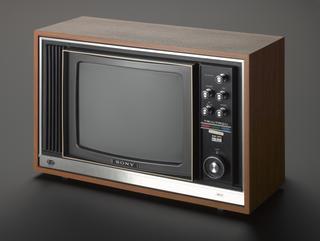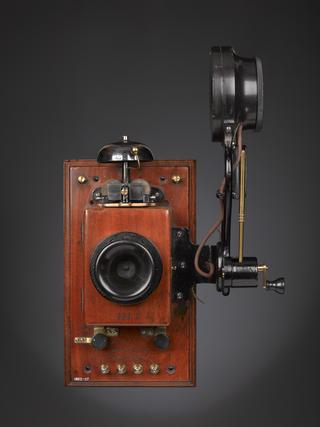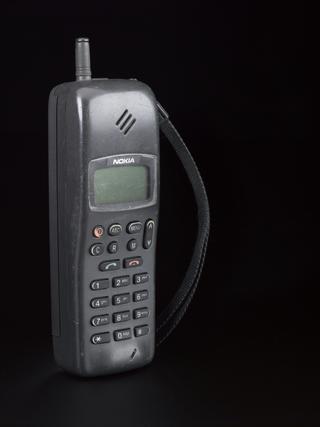








(Lord Kelvin) Thomson's marine mirror galvanometer, made by White & Barr, Glasgow, Scotland, 1858.
A mirror galvanometer is a particularly sensitive electrical indicating instrument and was used to detect the extremely weak currents received through long submarine cables. Instead of a needle indicator, a mirror with a bar magnet cemented on the back is suspended on silk threads within the coil. A beam of light shone on the mirror is reflected on to a scale card some distance away, thus magnifying any movement of the mirror. Although he did not originate it, William Thomson, later Lord Kelvin (1824-1907) made improvements which he patented in 1858.
Details
- Category:
- Electricity and Magnetism
- Object Number:
- 1876-41
- Materials:
- mahogany (wood), brass (copper, zinc alloy), leather and copper (metal)
- Measurements:
-
overall: 260 mm x 145 mm x 143 mm, , 1.945kg
- type:
- galvanometer
- credit:
- From Sir William Thomson (Lord Kelvin)




